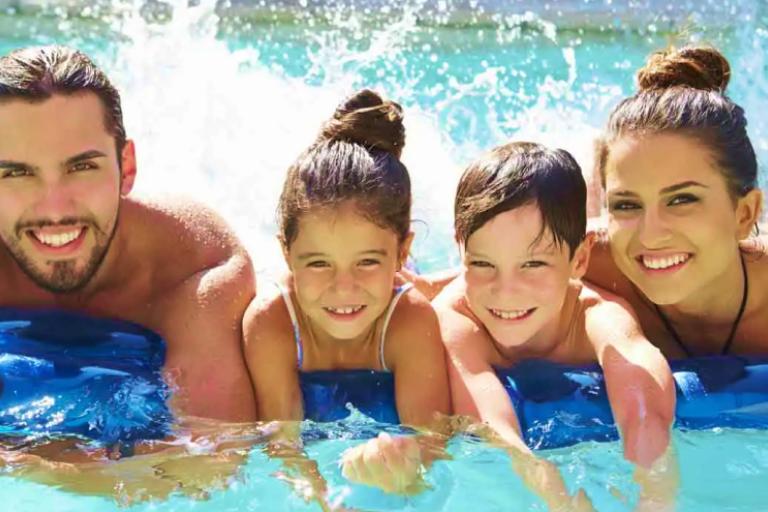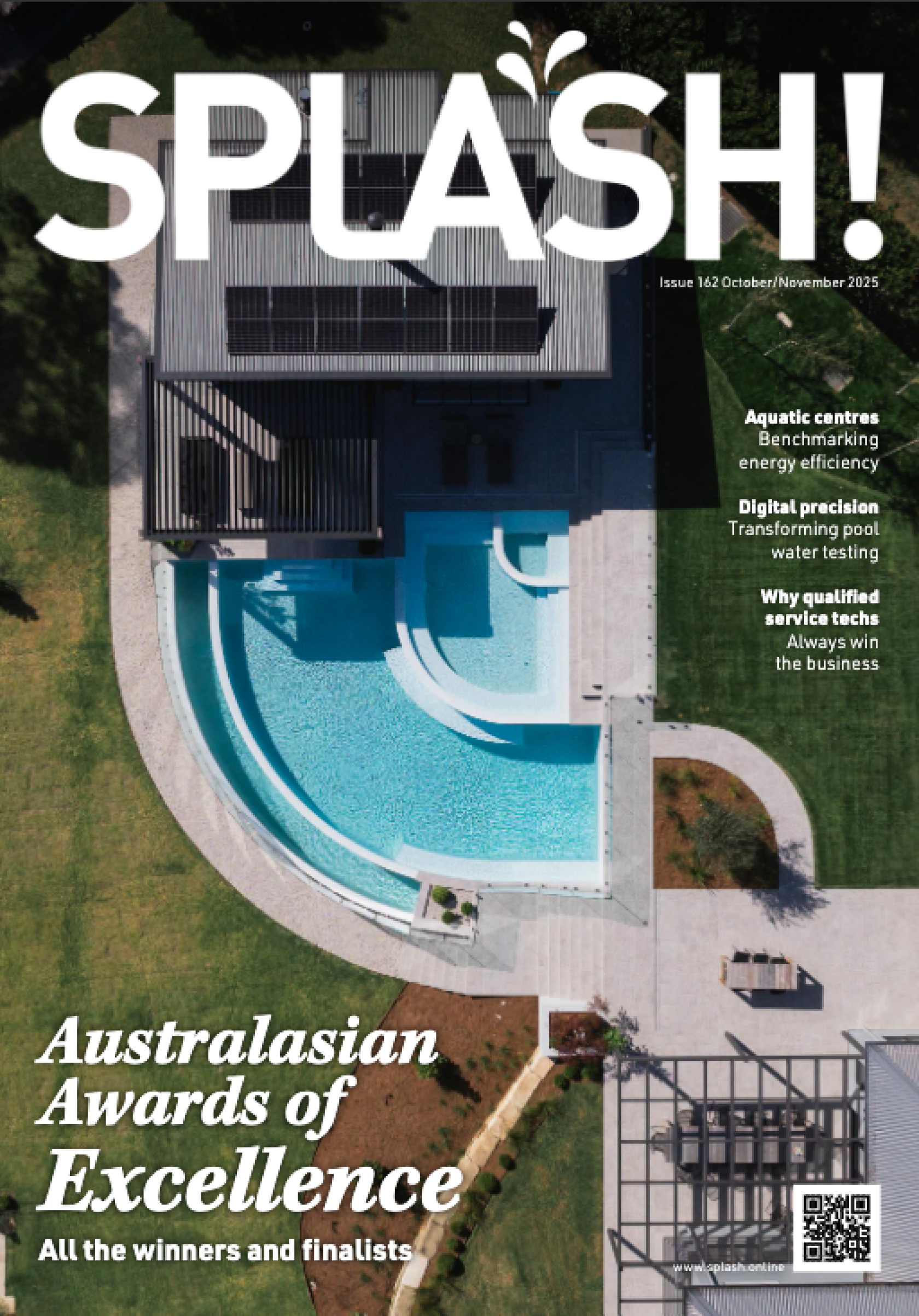Latest report shows 23 per cent reduction in pool drownings
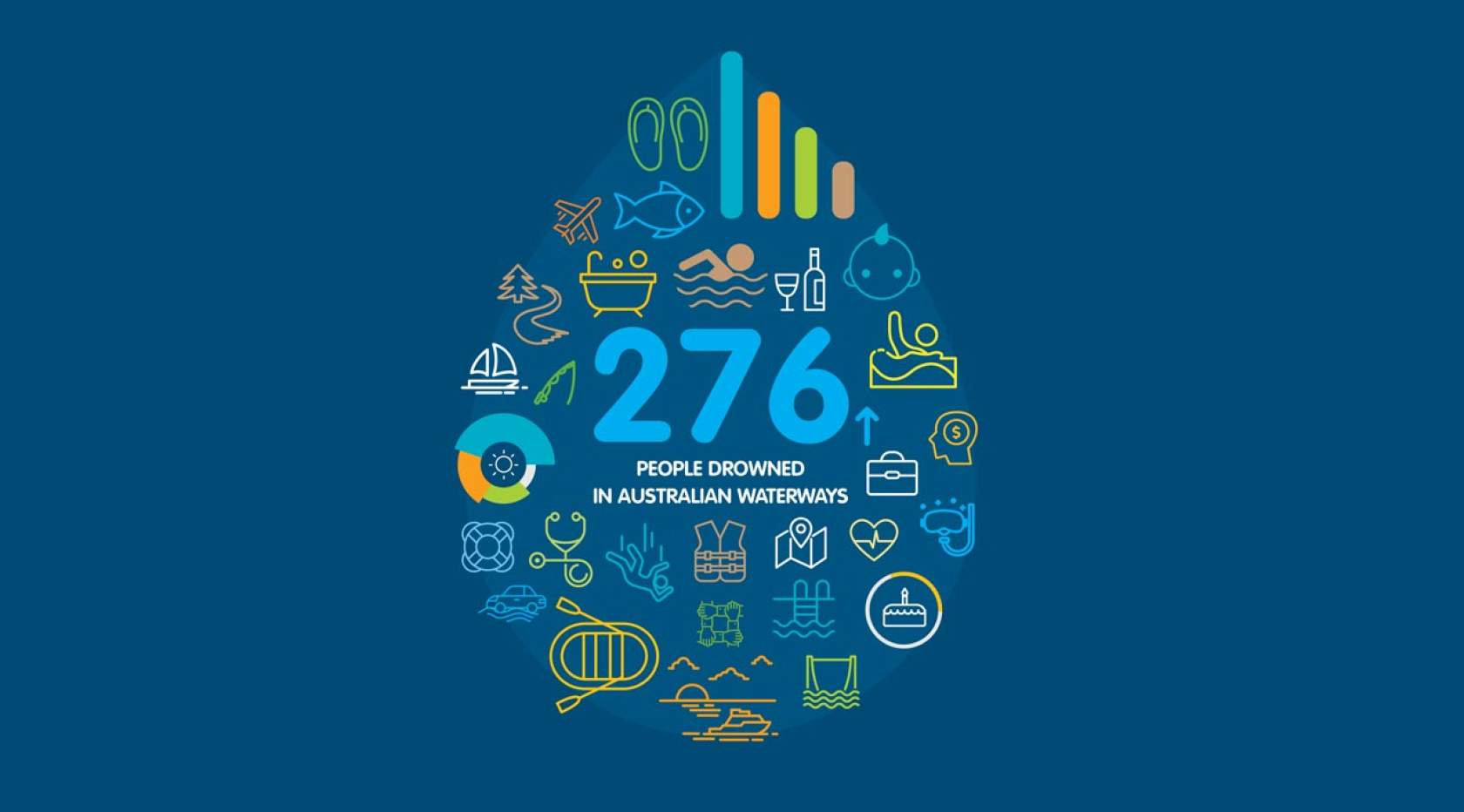
The National Drowning Report for 2019 presented by Royal Life Saving highlights research and analysis of fatal and non-fatal drowning across Australia between 1st July 2018 and 30th June 2019. During this time, 276 people lost their lives to drowning and they estimate a further 584 people experienced a non-fatal drowning incident.
The 31 drownings in swimming pools represent a 16 per cent improvement over the previous period (36 drownings) and a 23 per cent reduction compared to the 10-year average.
In the critical 0-4 age group, there was a 12 per cent increase over the previous period (19 drownings compared to 17 previously) but that number was still represented a reduction of 30 per cent over the 10-year average of 27 drownings.
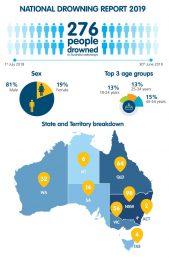 This year’s findings show that:
This year’s findings show that:
• The total number of drowning deaths over the past year increased by 10 per cent on the previous year;
• The hottest summer on record led to a 17 per cent increase in summer drowning deaths when compared with the 10-year average;
• Rivers accounted for 29 per cent of all drowning deaths, more than any other location;
• There was a 39 per cent increase in multiple fatality events, that is multiple people drowning in one incident, compared with the 10-year average;
• People aged 45 to 55 years accounted for 15% of the total number of drowning deaths, the most of any age group.
This report also shows that drowning deaths in children aged 0-4 years decreased by 30 per cent when compared with the 10-year average, and that children aged 5-14 years remain the lowest age group for drowning (3 per cent of all drowning deaths).
Consistently low numbers of drowning deaths in children in recent years are encouraging, showing that Keep Watch messages, which highlight the importance of active supervision, physical barriers to water and water familiarisation, are hitting home and helping to keep children safe.
Justin Scarr, Australian CEO of the Royal Life Saving Society says that their work continues to focus on understanding the impact of both fatal and non-fatal drowning.
“Through this work, we aim to educate, inform and advocate best practice, working with partners and policy makers, to develop robust national drowning prevention and water safety strategies,” he says.
Swimming lessons
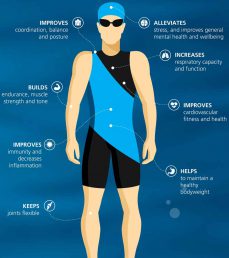 Recent research from Royal Life Saving investigated swimming and water safety skills of children aged two to 15 years old attending lessons at commercial swim schools, outside of school or vacation-based programs across New South Wales, South Australia, Victoria and Queensland between July 2014 and December 2016. This research provided insights into the skills being taught in commercial swim schools and the achievements in relation to the Framework.
Recent research from Royal Life Saving investigated swimming and water safety skills of children aged two to 15 years old attending lessons at commercial swim schools, outside of school or vacation-based programs across New South Wales, South Australia, Victoria and Queensland between July 2014 and December 2016. This research provided insights into the skills being taught in commercial swim schools and the achievements in relation to the Framework.
It showed:
• 56 per cent of children aged 2 to 4 years attending lessons are living in areas of high socioeconomic status
• Children aged 2-4 years make up approximately 25 per cent of children attending private swim schools
• Four-year-old children attended an average of 24 lessons, over approximately 5.6 months
• Four-year-old children accounted for the highest number of children in lessons
• The average age of starting lessons for a four-year-old was 3.3 years of age
Swim lesson recommendations:
• Advocate for all Australians, regardless of age or background, to access quality swimming and water safety education and increase participation among high-risk populations.
• Advocate for investments in swimming and water safety education, including the provision of swimming and water safety lessons, such as school-based and vacation programs.
• Raise industry awareness and implementation of the National Swimming and Water Safety Framework, and evaluate impact of the Framework.
• Evaluate swimming and water safety programs (including school, vacation and commercial) to ascertain best practice and outcomes for participants. Consolidate terminology when referring to and discussing ‘swimming lessons’, ‘learn to swim’, ‘water safety’, ‘survival skills’ and ‘lifesaving skills’.
• Advocate for development and redevelopment of aquatic facilities, and work with industry to improve access for all Australians.
• Investigate the effectiveness of drowning prevention, water safety and lifesaving initiatives for teenagers and adults, and how best to increase participation.

